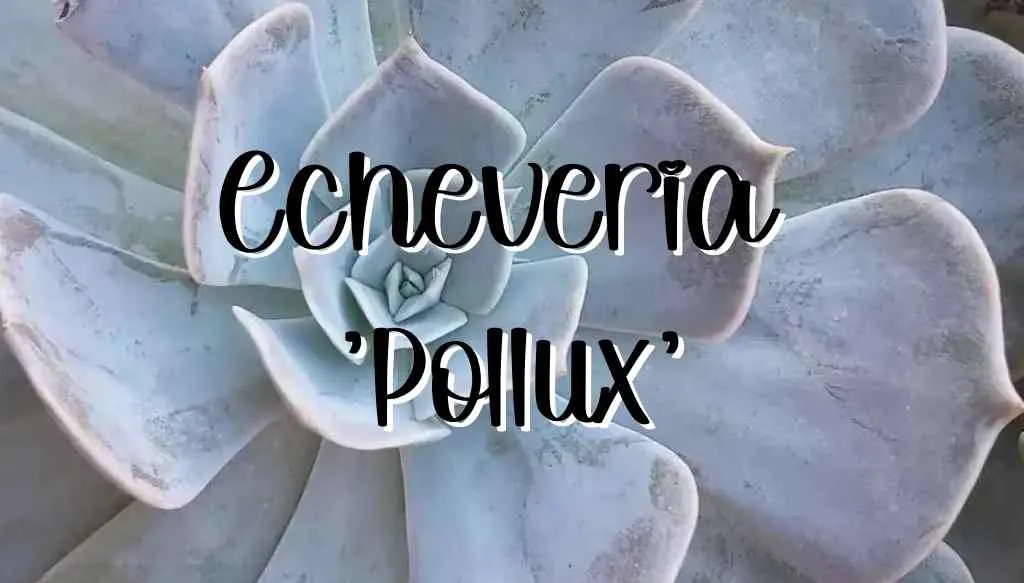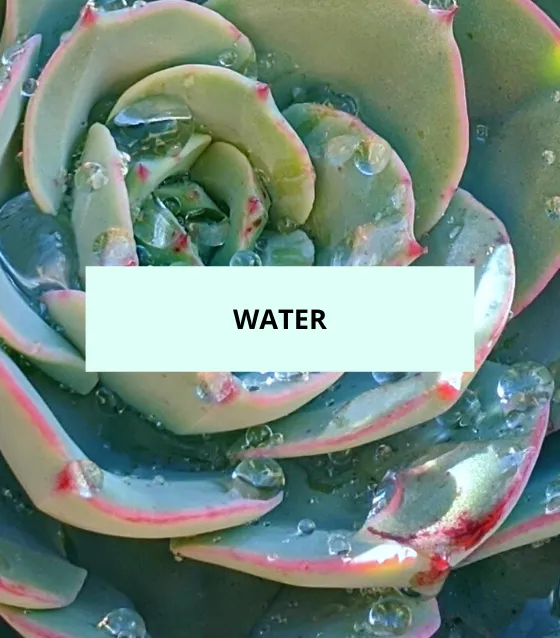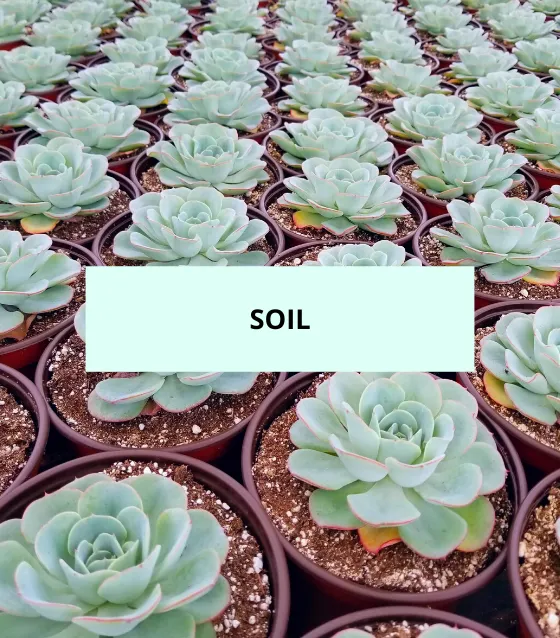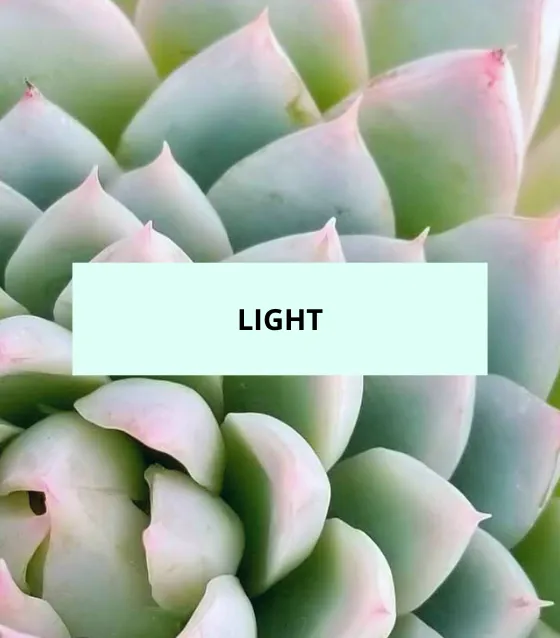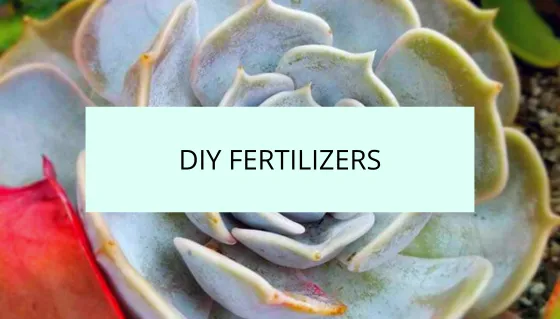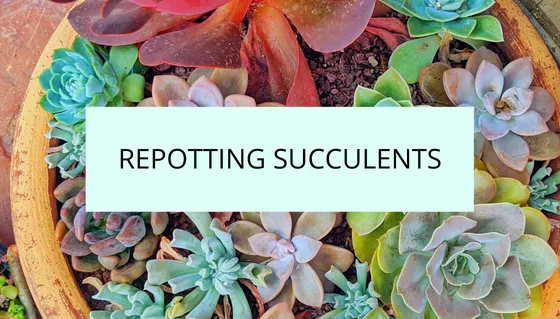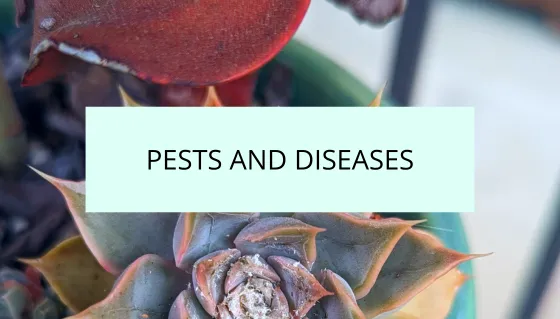Dig in!
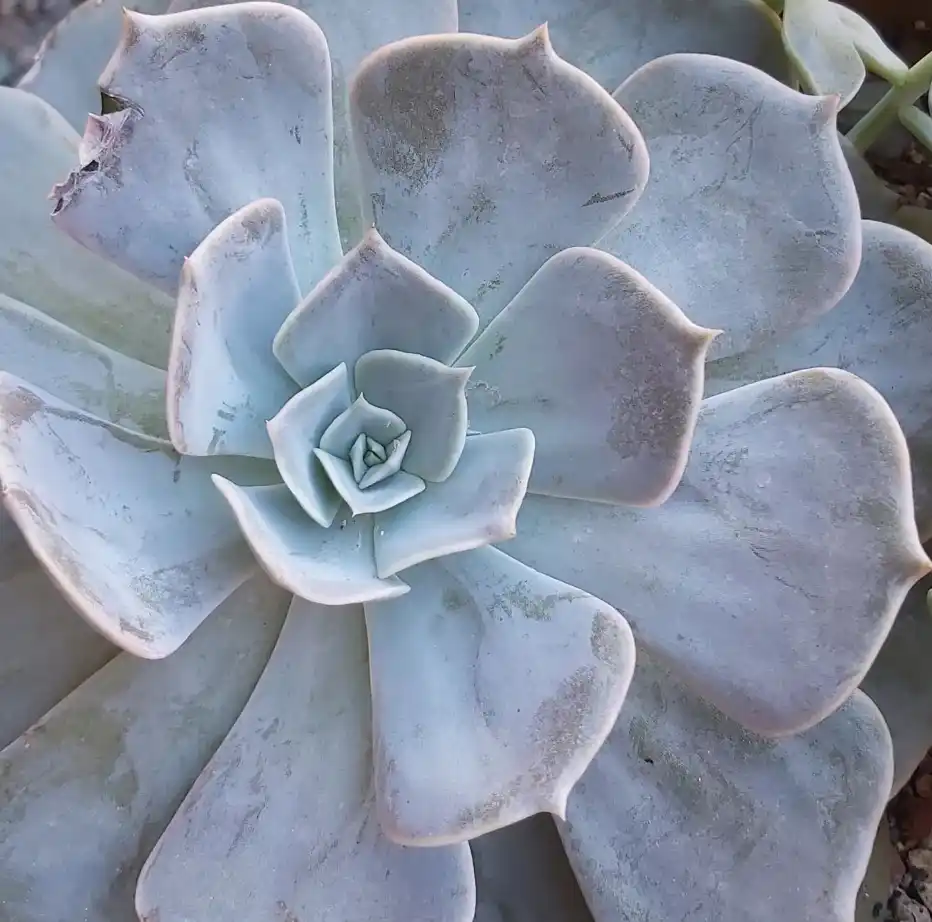
Appearance and Size
Echeveria ‘Pollux’ is a beautiful succulent that is highly sought after by succulent enthusiasts. It is a relatively small cultivar, with rosettes typically growing to about 4-6 inches in diameter. The rosettes are composed of broad silvery-grey leaves that take on a slight lilac blush when exposed to bright light or direct sun. The natural wax coating on the leaves gives them a soft pastel look. Overall, Echeveria ‘Pollux’ has a compact and attractive appearance, making it suitable for various planting arrangements, including containers, succulent gardens, or as part of mixed plantings.
Flower Color and Blooming Time
The flowers of Echeveria ‘Pollux’ are bell-shaped and have a unique color combination. The outer petals are pink, while the inner petals are orange. The flowers usually appear in summer on a stalk that resembles a shepherd’s crook. The blooming time may vary depending on the growing conditions and climate.
When you’re rooting or transplanting your succulents and cacti, use SUPERthrive to help reduce the chance of transplant shock and grow a strong root system.
Toxicity
Good news! Echeveria ‘Pollux’ is non-toxic to cats, dogs, and people. You can enjoy its beauty without worrying about any harmful effects on your beloved pets or yourself.
Propagation
Propagating Echeveria ‘Pollux’ is relatively easy and can be done through various methods. Here are a few common ways to propagate this succulent:
- Leaf Cuttings: Take a healthy leaf from the plant and let it dry for a few days until the cut end calluses over. Then, place the leaf on well-draining soil and mist it occasionally. After some time, new roots and a small rosette will start to form.
- Stem Cuttings: Cut a stem from the main plant, making sure it has a few leaves attached. Allow the cutting to dry for a few days, then plant it in well-draining soil. Keep the soil lightly moist until new roots and growth appear.
- Offsets: Echeveria ‘Pollux’ produces offsets, also known as “pups,” around the base of the main rosette. Gently separate these offsets from the parent plant and plant them in their own pots or in the desired location.

Succulent fertilizer available to purchase on Etsy.
Remember to provide the propagated plants with the appropriate care, including well-draining soil, adequate sunlight, and proper watering habits. With these methods, you can expand your collection of Echeveria ‘Pollux’ and enjoy the beauty of this succulent in various settings.

